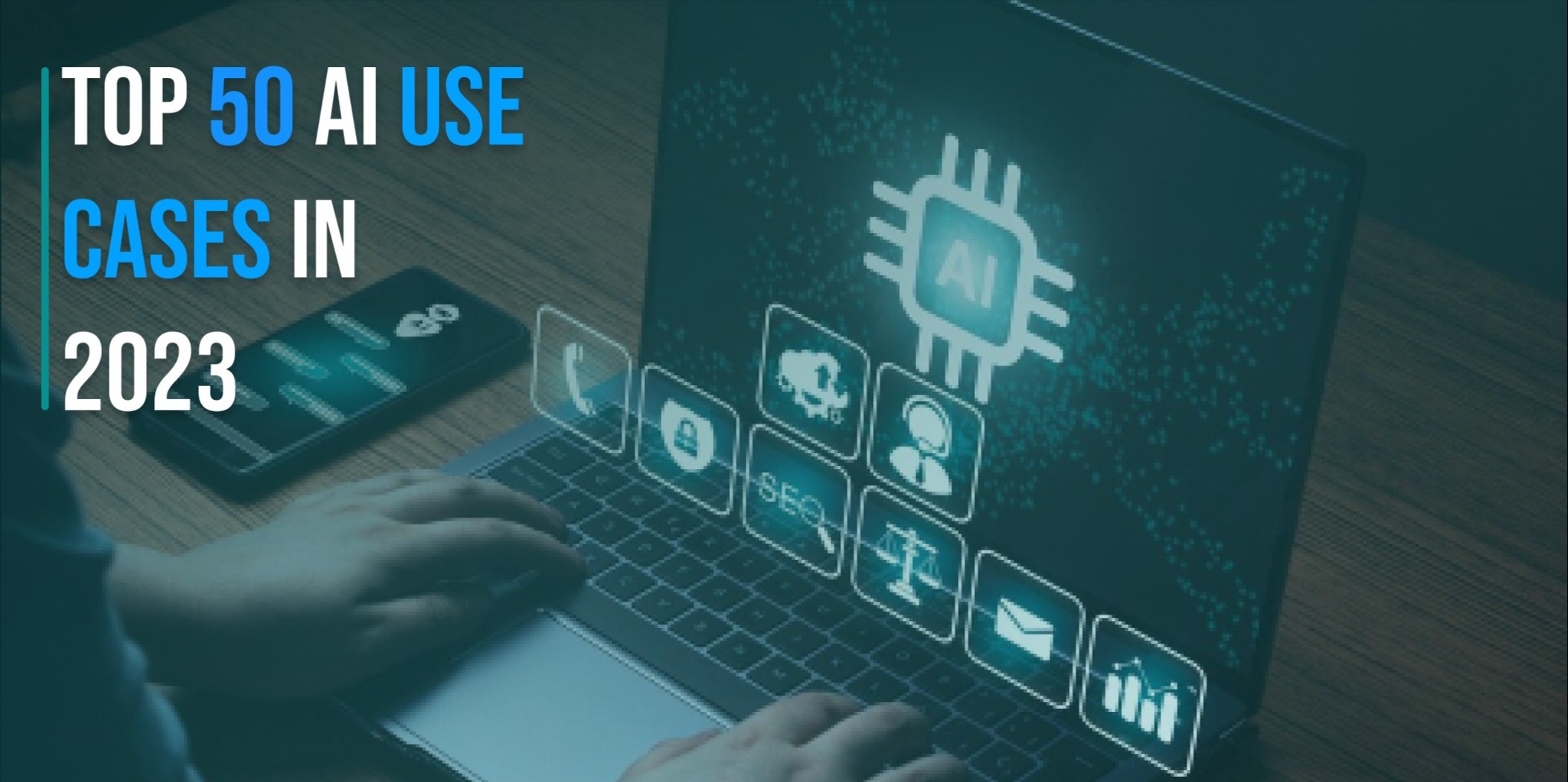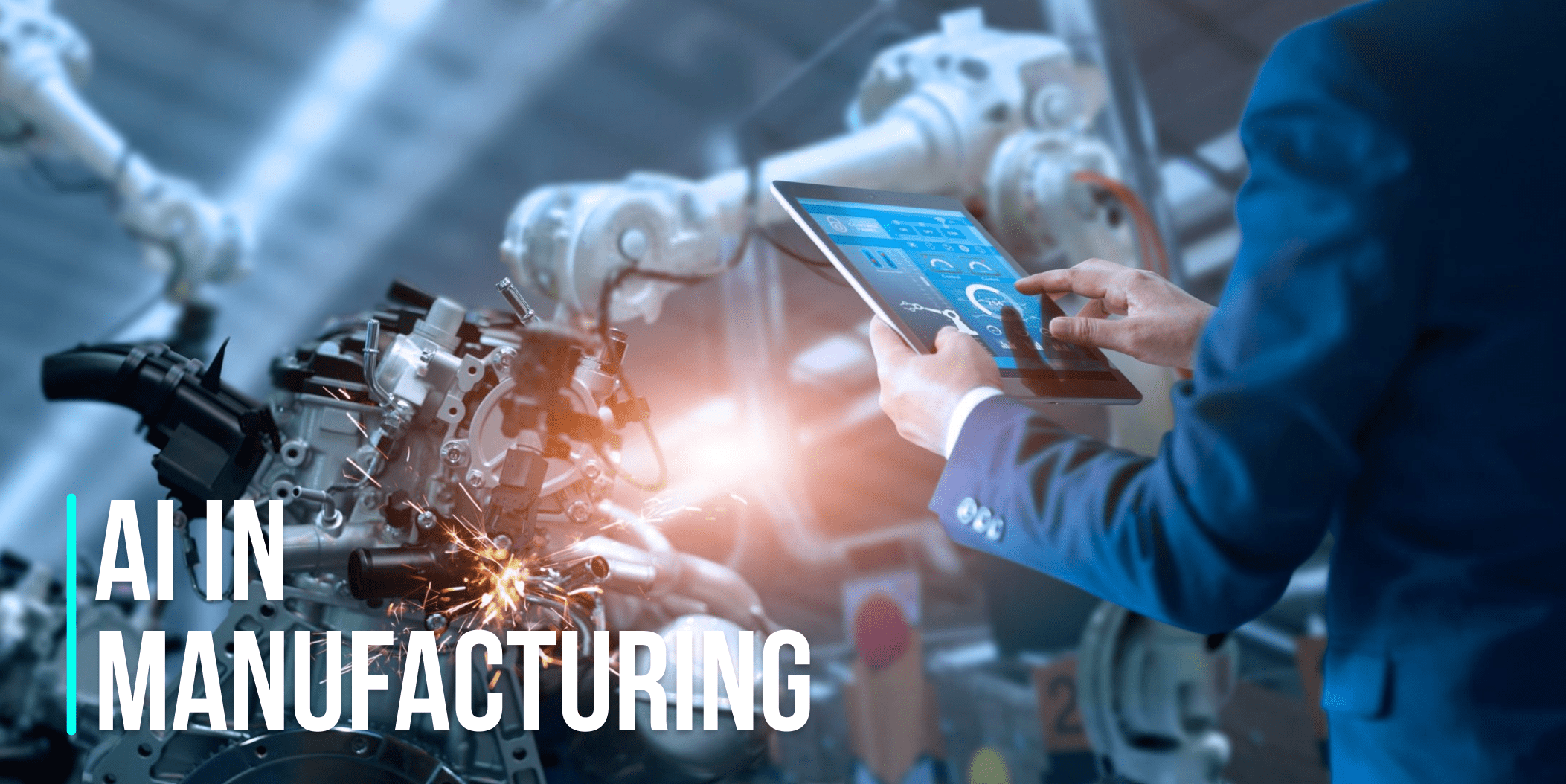Overview
If I ask you to identify and name things around you, you will respond quickly because they are not unfamiliar to you and are easy to recognize. But have you ever considered how your mind does so?
Our minds are trained through constant interactions and understanding of the things around us, which is why we can easily recognize them.
Scientists have been working for many years to create computers with human intelligence that can see and understand like humans. The idea was put into action under the name Computer Vision. The use of AI and innovation in Deep Learning and Neural Networks has led to a breakthrough in computer vision technology worldwide.
In this article, I’ll let you know what is Computer Vision, how it works, and will discuss some of its applications. So let’s get started!
What is Computer Vision?
Computer Vision is the field of AI that enables computer and digital systems to understand and recognize the visual world as humans do. It made the whole world think about changing their ideas and perceptions by providing innovative ideas. It allows computers to extract and process valuable information from images, videos, and other visuals to identify and classify object attributes and make predictions based on that.
Computer Vision technology operates similarly to Human Vision, but it requires extensive training with vast amounts of data to recognize and label objects, much like how human minds are trained to do so. The primary objective of Computer Vision is to empower computers to accurately and swiftly identify objects. Let’s delve into some deeper insights.
Accoring to Statista, The market size in the Computer Vision market is projected to reach US$25.80bn in 2024. The market size is expected to show an annual growth rate (CAGR 2024-2030) of 10.50%, resulting in a market volume of US$46.96bn by 2030
How does Computer Vision work
Computer vision technology allows computers to perform a variety of tasks like Image segmentation, pattern recognition, object classification, object detection, and facial recognition. Computer Vision acquires excessive amounts of data and repeatedly performs analysis on that. The iteration continues until the images are recognized.
Deep learning, a subfield of artificial intelligence, and Convolutional Neural Networks are used to complete computer vision tasks. CNN works by dividing images into pixels and labeling each one before performing convolutions (mathematical operations) to make predictions. Multiple iterations are carried out until predictions become accurate and images are recognized. The CNN model works on a single image, whereas the Recurrent Neural Network (RNN) works on video to help computers understand how images are related in a series of frames.
Real life Computer vision applications
Computer vision is used across different industries in such a way that it has evoked new innovations in the industries from detecting early signs of cancer to tightening security through object detection in cameras. Here are some computer vision applications to learn how it is knocking the world.
Security Sectors
We came across different types of security cameras and sensors daily. These are designed by using different types of Computer Vision techniques. It provides a deep insight into public spaces, workplaces, and other important palaces where they are installed. It collects real-time information from the video and performs Face Recognition and Object Detection to detect criminals and other crime-related activities.
Augmented reality
Augmented Reality (AR) offers a way to blend computer-generated enhancements seamlessly into our natural environment. Leveraging computer vision technology, AR has virtually boundless potential, allowing for real-time translations of text and the application of filters to objects in our immediate surroundings as we perceive them.
Education Sectors
Computer Vision is taking part in different areas of education like attendance monitoring, and school logistics, It helps teachers to keep track of students through real-time automated attendance and improve their behavior in a class by estimating their poses. There are specially designed products that help the education industry revamp its educational processes through automation.
Sports Analytics
Computer Vision is used in different types of tracking systems designed for the decision-making process usually by umpires and coaches by detecting and tracking the movement of balls on the ground. Moreover, different AI-powered Coaching Solutions leverage the idea of sports analytics by helping coaches monitor and improve the performances of the players by showcasing different pose estimation techniques.
Transportation
The field of Computer Vision is diving deeply into the automotive industry by developing self-driven cars that can keep track of their surrounding by detecting cars, street lights, and objects around them to make their flow smooth and avoid accidents to safely deliver passengers to their desired destination. Also, tracking systems help to find out the location of the vehicle by real-time object detection.
Media & Entertainment
Computer Vision has come up in a very interactive manner by advancing the scope of digital media through augmented reality. It helps the media industry to make users visualize things innovatively with advanced graphics and also increases their level of engagement. It is used in the entertainment industry to help dance coaches teach and improve students’ dance steps by implementing different pose estimation techniques.
Health Care
Computer vision is also playing a vital role in the medical sector. It helps medical staff to detect cancerous cells in the skin through image processing. CV is deeply indulging in radiology, pathology, and ophthalmology departments to perform X-rays, and MRIs to scan different diseases quickly and confidently. These applications have sped up the process of medical centers.
Tips for succesfuly implemnet computer vision in your busniess
Identify your goals
Initially, concentrate on identifying the specific ways in which AI can help you within your business. Understanding the potential applications of AI is critical, whether it is for automating repetitive tasks, generating content, personalizing experiences, or automating grading. Once your goals are clear, you can select your desired AI tools for your business needs from already existing tools.
Create a personalized tool
AI can help you with task automation, object detection, and content generation, among other things. You can create custom AI tools to meet your educational needs.
You can also create a customized tool to meet the needs and goals of your business.
Consult a specific vendor
You might want to talk to an AI expert who can help you figure out what you want to achieve with AI tools in your field. Just explain your idea or the problem you’re dealing with, and they can find a way to solve it using AI.
At Tezeract, We have built a variety of AI tools using computer vision like FormOle, Spintip, Voltox, Deepduck, Photo retouch, Photosthetic, Navex, and Dance Motion targeting various industries.
Tezeract is an AI leader in building custom AIaaS solutions and SaaS for businesses around the globe. To date, we have built around 120+ solutions targeting various industries.
Conclusion
That’s it, folks! In this article, I have shed light on some basic concepts of Computer Vision, and how it works, I have also discussed some real-life examples of Computer Vision and how fast it is emerging in the world. Computer Vision is the art of turning machines to think and see as humans do.
If you want a Computer Vision solution for your business or have any queries regarding that feel free to discuss it, we are here to help you just give us a call.
In this article, I’ll let you know what is Computer Vision, how it works, and will discuss some of its applications. Computer Vision is the field of AI that enables computer and digital systems to understand and recognize the visual world as humans do.





















